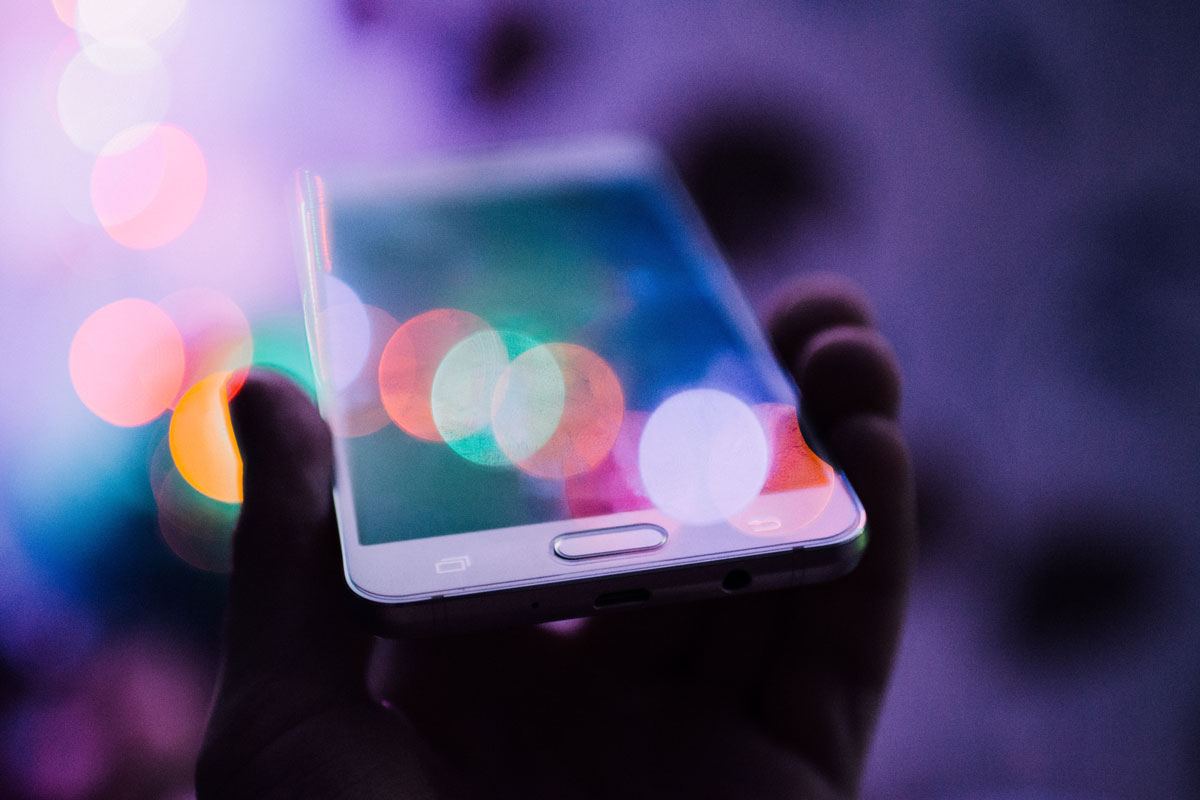5G is the next big thing for wireless communications, but pinning down what it’s actually all about can be difficult in a climate of speculation and hype. We’ve looked at the most frequently asked 5G questions on the internet and compiled them into this quick cheat sheet, so you can get right up to speed on the new mobile network.
What is 5G?
Put simply, ‘5G’ refers to the future of wireless networks. Across the developed and the developing world, we have come to expect mobile access to large quantities of data. The ‘fifth generation’ of wireless networks is designed to develop this expectation, while allowing greater transfer speeds and accuracy to open up the technologies of the future.
Think virtual realities, augmented realities, streamed Bluray quality video, driverless cars, and drones. All of these technologies require the extremely accurate and near-instantaneous transfer of large quantities of data. 5G is designed to allow just that.
The final specifications of 5G are yet to be officially standardized-- they are scheduled to be put in place in 2020. In the meantime, industry and international unions have already provided us with a good sense of what 5G will look like.
When will 5G arrive?
While ‘pseudo 5Gs’ have been masquerading as the real thing, often they are no more than developments based on existing 4G technology. For the real thing we’ll have to wait until 2020-- at least according to the official timelines for 5G standards developed by the International Telecommunication Union.
Until then, pre-standardisation 5G networks will allow developers and users to explore how new technologies will ultimately make use of 5G. Verizon and Samsung announced plans to set up the first commercial 5G network in Sacramento, California by the end of 2018. 5G networks have also been authorised for testing in 16 cities across China. They should be in place by the end of this year: in 2019 we’ll start hearing about the results.
How quick is 5G?
There is no doubt that 5G will be extremely fast: it supports data transfer rates of up to 20Gbit/s. On top of that, wireless data delays drop to one millisecond. This opens up the potential for multiple driverless cars, where large quantities of potentially life saving data has to be transferred almost instantaneously.
How much faster is 5G than 4G?
5G networks are designed to carry data up to 10 times faster than 4G networks. This means HD movies can be downloaded in seconds. Recent testing by Qualcomm revealed ‘real-world’ download speeds of 100Mbps for 90% of users: even taking signal disruption from buildings, other users, and other transmissions into account, ‘real-world’ 5G will give better rates than ‘ideal’ 4G.
Are 5G phones available?
The first 5G phones are expected to arrive in 2019. Phone manufacturers including HTC, LG, Sony, and ZTE have all signed on to use a 5G modem (a Qualcomm Snapdragon X50 5G NR), suggesting plans for 5G phones. At their Global Analyst Summit in Shenzhen, China, Huawei announced a 5G phone to be released in the second half of 2019.
Who invented 5G?
The actual techniques and technologies driving 5G, such as massive MIMO and OFDM, were invented by different research laboratories at different times. In 2016, the International Telecommunication Union led a research group on the state of wireless communications and the ways and the ways to best support future development. The extensive guidelines they came up with, known as IMT-2020, set out the vision, development and applications of future wireless networks. This led to the 3GPP signing off on a new global wireless standard, inventing “5G” in the process.
Why is 5G important?
The extremely fast transfer of large quantities of data provided by 5G is designed to allow technology to develop. This is not primarily meant to allow users to download GBs to their phones more quickly: although that will happen! Rather, 5G networks are intended to support millions of new mobile devices and applications. 5G is designed to keep self driving cars aware of one another, stream virtual and augmented reality experiences, allow delivery drones to function safely and efficiently, and enable interconnected devices inside homes to communicate instantly. This is a new connected world of ‘Smart cities’ made possible by 5G networks.
What will 5G cost?
5G will require a large investment in infrastructure: its dependence on massive MIMO means dozens of antennas and transmitters will need to be installed for each device, and the relatively low distance that 5G signal waves can travel will require regularly spaced transmitters and receivers if a device, like a driverless car or drone, is expected to move while receiving and transmitting information.
Even operators sceptical about 5G’s ability to generate profits realise that developing high quality 5G will be essential for all operators if they are to remain competitive. Governments have recognised the importance of implementing 5G for their countries’ future economic prosperity and security, resulting in public investment into 5G to ease the cost for private businesses of creating infrastructure.
For consumers, the 5G marketplace will be competitive, with all major telephone companies planning on offering 5G services and products. Although there are not yet figures on how much 5G packages and devices will cost, competition will ensure that the costs of components and network access cannot be prohibitive.
Will 5G impact smartphone design?
There have been concerns that 5G’s dependence on lots of antennas for extreme accuracy will have an impact on the aesthetic design of products. Massive MIMO gives 5G networks a better performance than 4G in terms of data transfer rate and link reliability. They also mean that 5G devices will require 64 to 256 antennas and beyond where 4G devices tended to need no more than 8. Finding space for these antennas while maintaining existing designs will require a rethink from the ground up.
Add-on approaches to 5G such as Motorola’s 5G Moto Mod may result in less than optimal aesthetics, but if 5G compatibility is considered from the earliest stages of design, there is no reason to presume that 5G smartphones have to compromise their aesthetics.
What can 5G be used for?
5G will allow us to stream, download, and upload huge quantities of data at a much faster rate than we are currently able to: this means higher definition video whether we’re watching TV or using video conferencing. On top of this, 5G is designed to facilitate a wealth of new applications for wireless technologies:
- Driverless cars and drones will be able to safely and near-instantaneously send and receive the information about their surroundings that will allow them to operate safely.
- Immersive virtual and augmented realities will become increasingly feasible experiences as the large quantities of data associated with HD graphics and processing external data can be transferred between devices accurately and quickly.
- As 5G networks are increasingly set up and functioning, developers will be able to test out the real possibilities provided by the unprecedented speed of data transfer provided by 5G: who knows what their innovation has in store for us?
Is 5G a broadband solution for the home?
As most home broadband users tend to stream rather than download files, the huge amount of data that can be transmitted quickly via 5G does not matter: broadband’s 25 Megabits per second lets most homes do everything they need, as normal browsing and Internet-of-things devices don’t use up much bandwidth, and streaming video in HD requires 4 Mbps (8 to 12 Mbps in ultra HD). A couple of devices in a household can stream video over a broadband connection with no noticeable problems.
The 100 Mbps provided by 5G is excessive according to most broadband users’ current needs. If very high quality streams were being viewed on multiple very large, high definition TVs or virtual reality devices, 5G would start looking like a better option than broadband-- but homes do not yet tend to work like that!
For now, broadband fulfills the needs of most home internet users just as well as 5G. Only if home users start downloading huge files again, or start needing to stream vast quantities of data for things like virtual reality, would 5G be worth adopting over existing broadband connections. If 5G was available more cheaply than broadband, it would be worth adopting: it wouldn’t offer a worse experience.




